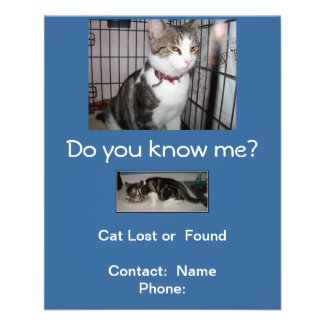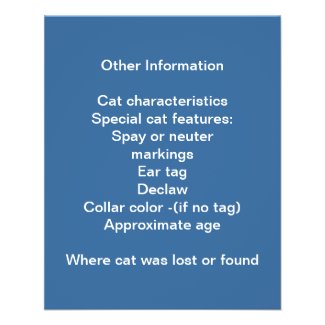Trapping feral cats in your neighborhood is a way to save lives.
When you trap the cats and take them in for spay, neuter, and their vaccines you are helping the cats to live a longer and safer life and you are controlling cat populations.
"When I trap a cat or kitten I use Havahart 1089 a collapsible one-door live animal cage trap is the same trap that I use for
raccoons, groundhogs, and other medium-sized animals that need to be
rescued. I always have good
results with this trap."
Trapping is not difficult however you must be organized and take steps to be gentle and caring to the feral cats. Understand that they are terrified of you, I always give them the respect that they deserve by approaching them slowly and calmly with my eyes lowered to the ground.
Take steps to get the cat accustomed to you by feeding and providing them with fresh water twice a day at the same time. This is a way for the feral cats to become dependent upon you. When the feral cats are
dependent upon you for food and water you would set a humane live animal trap.
The humane trap will allow you to confine the cat safely while transporting the cat for
medical care and sterilization.
Contact your veterinarian or pet
clinic and inquire about their procedure. My veterinarian will take the feral
cats as soon as I trap them. I schedule my trapping for Monday – Friday.
Some clinics will give discount services for feral and stray cats. When
in doubt join a cat network and ask about inexpensive cat spay or neuter
clinics in your area.
Refrain from feeding cats the
night before trapping. Do provide them with water. On the day
that you set up the trap, the only food available will be inside the
trap.
Choose a safe area for trapping,
I usually put the trap on my brick patio behind the ornamental grass garden or
I will set it inside our garage shelter. I have trapped many stray kittens
inside the shelter. They tend to go inside to hide.
Line the trap bottom with
newspaper. Take a large sheet and fold it over so that it fits the
confined space.
I trap cats in parks and
in the woods and for these cats I find it best to line the bottom of the trap
with a layer of straw and in some cases I will put down a layer of
leaves. It mimics the woods and the cats are more comfortable and
trusting of the trap.
Spray
Feliway Behavior Modifier Spray 75 ml onto the blanket that will cover the trap
once the trap door closes. Also, spray the paper that is in the front of
the trap by the trap opening only.
The Feliway will help in keeping the
cat calm. It takes the stress out of an anxious situation as the cat will
think the trap is their safe place and not the scary place.
Fold
the blanket back so that it does not conceal the trap opening, but does provide
a cozy area in the back of the trap.
Bait the trap with
a strong fish scented and flavored cat food. Set the food on the
newspaper in the back of the trap. The food in the back of the trap will
draw the cat into the trap.
 |
Havahart Live Animal Trap For Stray Cat  |
When the trap door closes, cover the entire
trap with a blanket. The blanket will comfort the cat. Bring the cat inside
your garage, basement, or house if you are unable to take the cat
directly to the veterinarian's office.
Tips
When adult feral cats return
from the veterinarian's office, the female will need to stay inside for medical
care for 3-4 days, release the male cat to the same area in which you found
him. Allow cat to regroup with the colony.
Ask the veterinarian to tag the
cat's left ear. This universal symbol indicates to animal control workers that
the cat is part of (TNR) trap neuter and release program.












